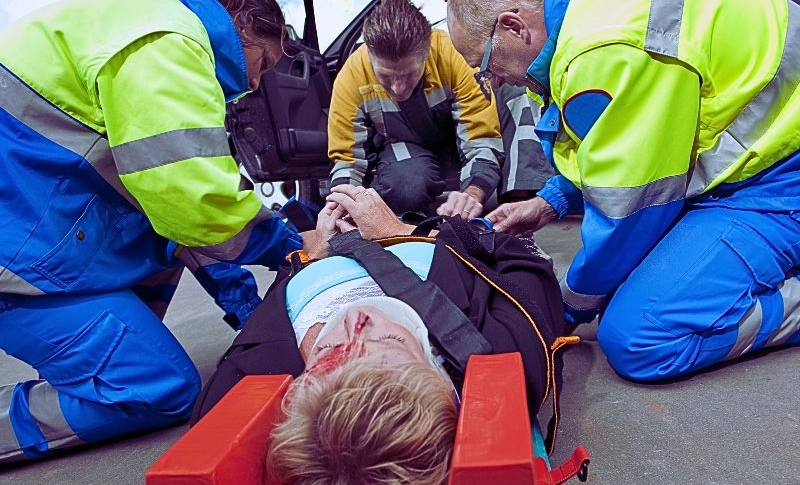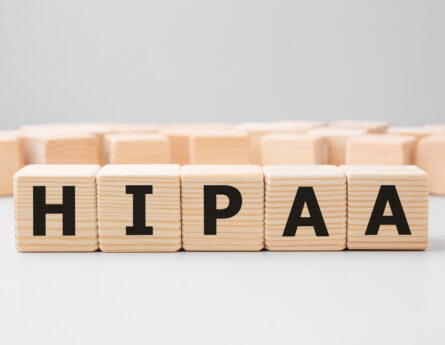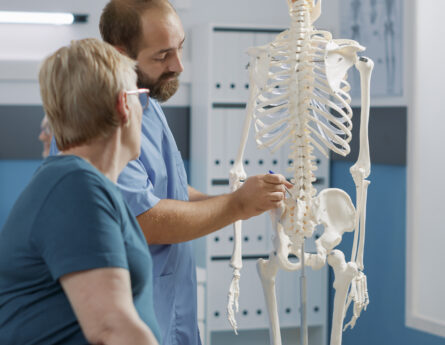Back injuries are one of the top conditions victims suffer after car accidents. Properly documenting these injuries is crucial for both medical treatment and future legal claims. Effective documentation can help ensure the victim receives fair compensation for his or her injuries. Securing full compensation helps to ensure medical treatment providers get paid for treating car crash injuries.

Initial Medical Attention Should Occur Immediately
The first and most crucial step in documenting back injuries after a car accident is to seek immediate medical attention. Even if victims feel fine initially, back injuries may not manifest symptoms until hours or even days after the accident. A prompt medical evaluation can identify these hidden injuries early on, preventing further complications.
If the accident is severe, treatment begins in the emergency room. ER doctors can perform initial assessments, order imaging tests like X-rays or MRIs, and provide immediate care. Then, follow-up appointments with a primary care physician or a specialist, such as an orthopedic doctor or a chiropractor, are necessary for ongoing evaluation and treatment. Medical records from these visits will serve as critical documentation of your injuries and their severity. Ensure that every visit, test, and diagnosis is thoroughly recorded.
A Detailed Personal Injury Journal Can Serve as Evidence in a Case
Maintaining a personal injury journal is an effective way to document the impact of back injuries on the victim’s daily life. Victims should be advised to record:
- Daily Pain Levels
- Symptoms and Mobility Issues
- The Injury’s Emotional and Psychological Impact
Consistent entries provide a comprehensive overview of the recovery process and can serve as valuable evidence in medical evaluations and legal claims.
Photographic Evidence Is a Strong Supporter of Injury Claims
Visual documentation can complement written records and medical reports. While it may be challenging to capture internal back injuries visually, you can still document external signs and assistive device use. Ensure that the photos are clear and time-stamped to establish a timeline of the injuries and recovery.
Provide Comprehensive Medical Records
Thorough and accurate medical records are essential for helping victims document back injuries after a car accident. These records should include:
- Initial Diagnosis and Treatment Plan: Detailed notes from the first medical visit, including the diagnosis, treatment plan, and prescribed medications.
- Progress Reports: Updates from follow-up appointments, including changes in condition and adjustments to your treatment plan.
- Specialist Evaluations: Reports from specialists, such as orthopedic surgeons or chiropractors, who may provide additional insights into the injury.
Provide copies of all medical records to patients and keep them organized. This comprehensive documentation is vital for insurance claims and legal action.
Properly documenting back injuries after a car accident is essential for treating victims. This ensures they are receiving the appropriate medical care and fair compensation. By seeking immediate medical attention, maintaining a personal injury journal, gathering photographic evidence, and keeping comprehensive medical records, car accident victims can create a robust record of their injuries and the impact they’ve had on daily life. This thorough documentation will be invaluable in both medical and legal contexts, helping victims achieve the best possible outcome in recovery and related claims.




